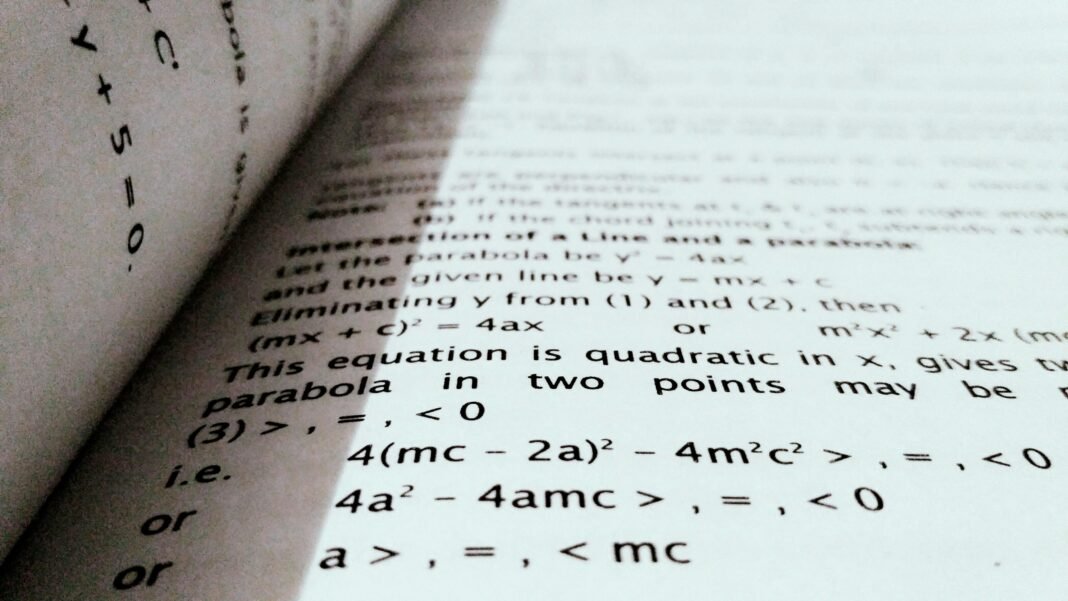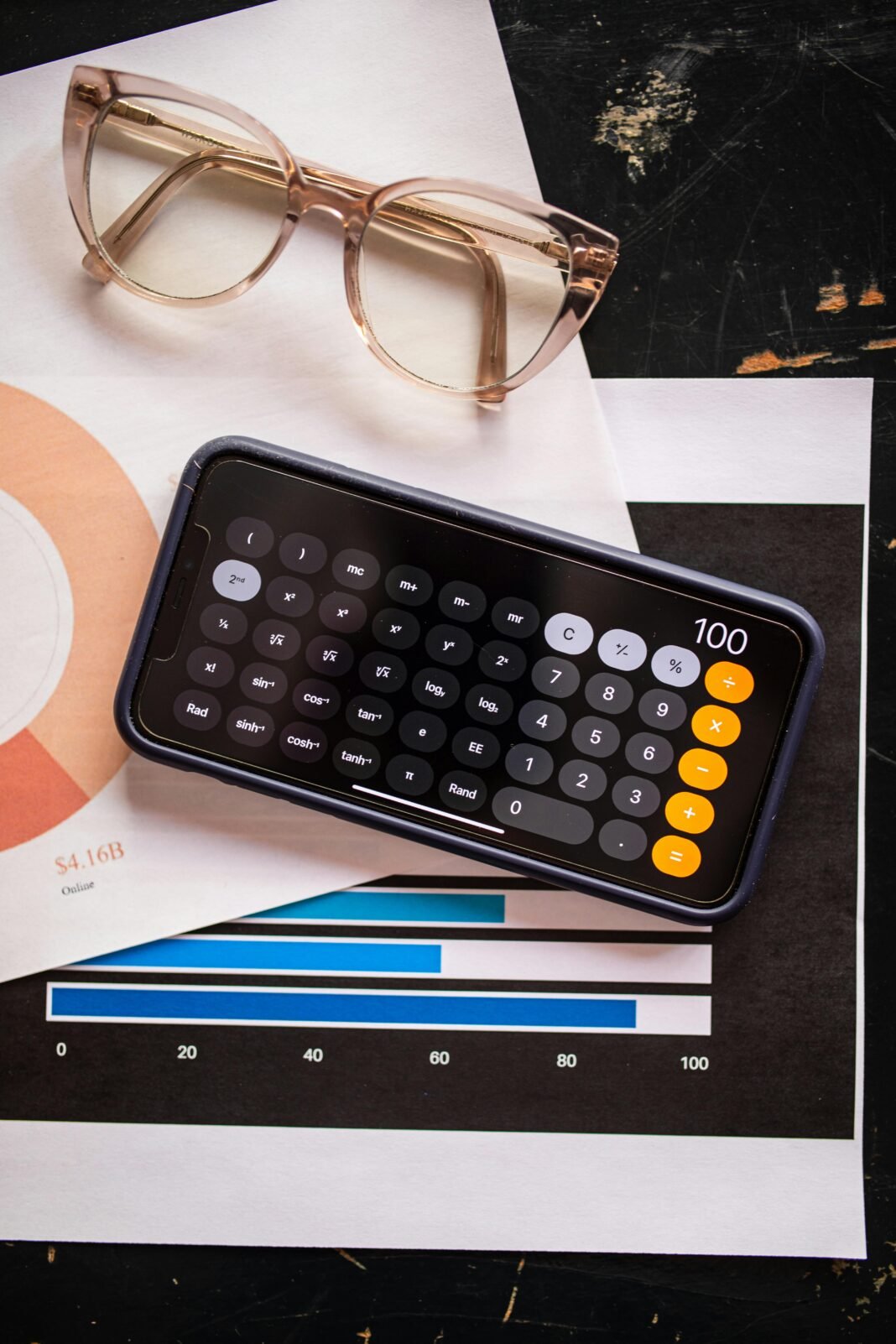Look, here is to discuss the volume of a cylinder is in fact the density of the cylinder which is signified by its own amount of material that is to be carried out or how much amount of any material can be immersed in it. The volume of Cylinder is given by the formula, πr2h, where r is the radius of the circular base and h is the height of the cylinder.
Here, we have to focus what volume of a cylinder is to define, calculated by using the following formula:
[\text {Volume of cylinder} = \pi \times \text {cylinder radius} ^2 \times \text {cylinder height}]
Here’s what each parameter represents:
What is Cylinder Radius:
The distance is from the center of the circular base to some point from the edge of the base.
What is Cylinder height(h):
This is in fact the perpendicular distance between the two parallel circular bases.
If you want to find the volume, just simply make a radius square, multiply it by height, and then multiply the results by (\pi). This perfect unit of measurement for its volume will be cubic units’ cubic centimeters or cubic meters.
Additionally, if you have a hollow cylinder (also known as a cylindrical shell), where there is an inner radius (r₁) and an outer radius (r₂), you can calculate its volume using the following formula:
[ \text {Volume of hollow cylinder} = \pi \times (r₂^2 – r₁^2) \times \text {cylinder height}]
Remember that the result will be in cubic units, representing the space occupied by the cylinder. Whether it’s a can, a coffee mug, or even a drinking straw, you can use these formulas to find their volumes! If you encounter an oblique cylinder (where the sides are not perpendicular to the bases), the volume formula remains the same. Just ensure that the height is perpendicular to the bases.
Feel free to explore the world of cylinders and calculate their volumes!
Certainly! you should focus on the fascination of the modern world of science like many cylinders and explore their volumes. In this article keyword, we will focus on all the mathematical concepts, its practical applications, and even some creative insights related to cylinders. So, guys jump up the keyword volume of the cylinder, because you are about to embark on a cylindrical journey.
The Volume of a Cylinder: Uncovering this fact of Formula:
If we focus on the keyword what a cylinder is, it is a three-dimensional geometric shape that often resembles a can, a coffee mug, or even a drinking straw. It has two different parallel circular bases connected by a curved surface. Understanding its volume is essential for various fields, from engineering to everyday life.
The Formula
This is the volume of a cylinder can calculate by using the following straightforward formula:
[ \text {Volume of cylinder} =\pi\times \text {cylinder radius} ^2 \times\text {cylinder height}]
Here’s what each Parameter Represents:
Cylinder Radius®:
To measure the distance to the center of the circular that is based on any point from the edge of the base.
- Real-World Applications
- Drinking Containers: Imagine sipping your favorite beverage from a cylindrical cup. The volume of the cup determines how much liquid it can hold.
- Pipes and Tubes: Engineers use cylinder volumes to design water pipes, oil pipelines, and other cylindrical conduits.
- Cylindrical Tanks: Whether it’s a water tank or a fuel reservoir, understanding cylinder volumes ensures efficient storage.
- Creative Insights
- Let’s think outside the cylinder!
Cylindrical Art:
Artists often play with cylindrical shapes in sculptures, pottery, and installations.
Cylindrical Poetry:
Imagine a poetic ode to a coffee mug or a whimsical haiku about a soda can.
Cylindrical Code:
If a cylinder were a program, what functions would it execute? Let’s write some imaginative code snippets!
Bonus: Hollow Cylinders
Sometimes, we encounter hollow cylinders (cylindrical shells). These have an inner radius (r₁) and an outer radius (r₂). The volume of a hollow cylinder can be calculated using this modified formula:
[ \text {Volume of hollow cylinder} = \pi \times (r₂^2 – r₁^2) \times \text {cylinder height}]
Remember that the result will still be in cubic units, representing the space occupied by the cylinder.
Conclusion:
Next time you sip from a cylindrical cup or marvel at a towering silo, remember the simple yet powerful volume formula that governs these shapes. Cylinders are more than just containers; they’re mathematical marvels


